
Nintendo announced the Nintendo Switch console while I was on a bus ride home from middle school. I was in eighth grade at the time and I had no idea just how enduring the next eight years of gaming on the new hybrid console would be. With the long-awaited Switch 2 reveal taking place days before my last semester at the University of Connecticut began, why not share some of the highs and lows about a console that has no doubt been enjoyed by many students on this campus?
Note: For more information about the Switch 2, the Daily Campus has recently explored its potential as a great gaming console for college students. This article will focus on the original Switch, I suppose now known as the Switch 1.
With the abysmal sales of the Wii U, many call 2016 one of the “dark years of Nintendo.” The company couldn’t connect to consumers, and as games felt mediocre and rushed to the store shelves, even diehard Nintendo fans were losing faith in the Wii’s successor. By the end of 2016, most were eagerly anticipating the next console, only known by its codename at the time: the Nintendo NX.
I never owned a Wii U until later in its life, but it remains one of Nintendo’s most charming, yet least popular systems. Its failure revealed a confusing divide in Nintendo’s console development: If there were a ton of sound effects, background themes, gimmicks, community hubs (like the quasi-social media platform MiiVerse) and bold design choices, then many consumers may be turned off by the clutter. Likewise, Nintendo’s costly maintenance of its servers for services like MiiVerse had to end as the console performed poorly, leaving those who used it with nothing.
The other side of this divide came with the Switch’s launch. It was nothing more than a console. By that, I mean it had few bold choices except for where it needed them. It had bright red and blue Joy-Cons and an innovative hybrid handheld/home console format, yet Nintendo traditions for the last decade such as Miis, e-shop music and even simple functionality like game folders were missing from the console on launch.
I remember booting the console for the first time right around its launch. It felt empty, something uncharacteristic of Nintendo and any video game console.
Still, after seeing “Skyrim” gameplay on a handheld, the console really felt like the next big leap in gaming. That statement rings true, as the phenomenal game selection only grew over the next eight years and the hybrid-form-factor yielded a staggering 120 million units sold as of January 2025. Nevertheless, the console never felt like the next big leap for Nintendo itself.
There were no carefully crafted Nintendo flourishes on the user interface or UI — except for some funny sounds when you press a different button to open the console. You can pick from two UI themes on launch: “basic white” and “basic black,” both of which remain the only themes on the console eight years later. The Mii Maker functionality has been hidden in system menus, the e-shop launched as a slow and broken mess and remains one to this day. Furthermore, the initial four years of a lackluster online service meant that there was nothing to show for your in-game achievements and absolutely no way to communicate with friends on the system besides a redundant mobile phone app.
All these problems have been widely discussed for years now; in fact, many have been known for nearly a decade. For most college-aged students, that means almost half of their lives has seen Nintendo stuck in this rut, producing a console that has award-winning games but a sad user interface.
As record-breaking sales figures show, the success of the last eight years of the Switch comes from its games. Over 60 first-party games have launched on the system and almost all of them have been commercial and critical successes. There have been several releases and rereleases in the “Super Mario” franchise, new iterations in nearly all sports games, and refreshing new takes on franchises like “The Legend of Zelda” and “Super Smash Bros.” I’ve picked up many of these releases over the years and truly it’s the games that make the system; however, it’s the charm that makes the company standout from its competition and Nintendo has lost a lot of that in favor of corporatism and odd business decisions.
With Nintendo’s refusal to acknowledge Joy-Con drift problems for quite a while after mass reports of users’ controllers experiencing hardware failure, it took threats of lawsuits to push Nintendo towards repairing and acknowledging the problem. At this point, all my Joy-Con are experiencing some sort of drift (most are severe). Although they have been tossed around and well used since the launch back in 2017, think of the Wii remotes. Many of them still function like normal with just a new pair of batteries, and they were tossed around for a decade longer. There is hardly any longevity with the Switch’s hardware.
With that issue being at the top of a list of many other problems throughout the past eight years, the Switch has seen Nintendo shed its appeal to those familiar with its old design ethos, a sense of care that produced the long line of systems since the Nintendo Entertainment System — or in fact — since the company made toys and playing cards. It seems that pouring effort into games is the only care of the company now and while neither a bad nor unsuccessful choice, this direction makes consoles like the Wii U — which were loaded with an abundance of Nintendo flourishes — remain in a different league than the Switch.
My hope is that the Switch 2 gives Nintendo the chance to experiment and restore their spin on what a console can be, finally polishing up the bare-bones UI into something that is boldly Nintendo.
These past eight years have seen a lot of changes for most of us who use the Switch, but shockingly hardly any for the Switch itself. Me and my rackety old Joy-Cons are eagerly awaiting future announcements of the Switch 2. May the next eight years be refreshing.


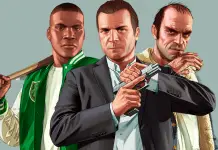



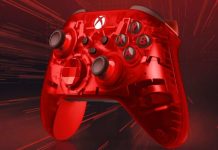


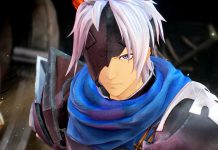


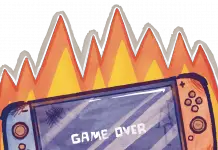


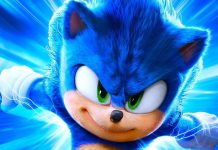
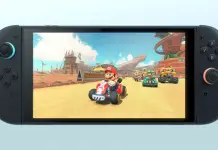
-218x150.png)

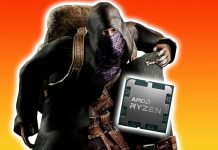
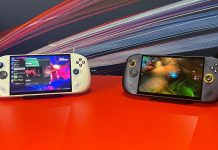
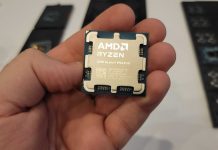






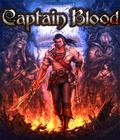






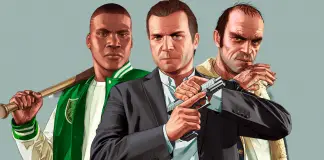
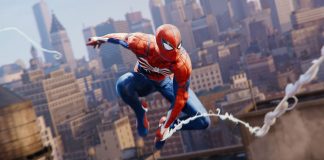
-324x160.png)